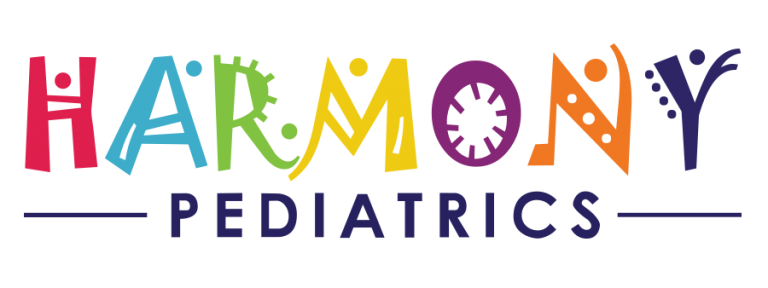SIDS or Sudden Infant Death Syndrome is a baffling condition most commonly affecting infants between the ages of two to four months. For poorly understood reasons, seemingly healthy infants fail to breathe during sleep and die. There is usually no sign of a struggle, and infants are often discovered in the same position they were placed in when put down to sleep for a nap or for the night. SIDS affects about one infant in one thousand per year. By the age of one year, the risk of infant death from SIDS drops nearly to zero. However, in those early months of life, it’s important for parents to be aware of the risk of SIDS, also known as crib death, and suffocation and what they can do to reduce this risk. Always place your baby on their back to sleep. The risk of sids increases with sleeping on the front or the side. SIDS has not been seen in infants who were placed to sleep on their back.
The Crib or Bassinet
There should be nothing in your baby’s crib or bassinet but a fitted sheet. This means no blankets, toys, stuffed animals or crib bumpers. All of these items may cause a young infant to suffocate during sleep. Infants should be placed on their backs to sleep. Suffocation can also occur when a baby’s face is blocked or obscured by an object such as a pillow or toy. The child may rebreathe exhaled carbon dioxide, which cannot support life, leading to possible SIDS or suffocation.
Although it may be tempting to leave a sleeping baby in a swing or car seat, this practice increases the chances of SIDS. Babies should sleep only on the firm surface of a crib or bassinet mattress. Make sure all caregivers know this as well.
Smoking
Don’t smoke around your baby or allow anyone else to do so. This means smoking outdoors at all times. By the way, smoking during pregnancy increases your baby’s chances of SIDS by about three fold. This is in addition to other health risks for your unborn baby, including low birth weight, premature birth and certain birth defects of the mouth and lip.
Your Bed
While it’s fine to cuddle or breastfeed your baby in your bed, it’s not safe for an infant to sleep with an adult or adults in a bed, chair or sofa. IF any of the grownups are morbidly obese or have been drinking or abusing substances, THIS WILL INCREASE THE CHANGES OF SIDS. Keeping the child’s crib in the same room with the mother does reduce the SIDS risk.
Breastfeeding
There is a surprising link between breastfeeding and a reduced SIDS risk. This is only one reason to breastfeed if you can and for as long as you can. Experts aren’t sure why breastfeeding lowers your baby’s chances of SIDS. It may be linked to protective antibodies present in breast milk that formula doesn’t have. If SIDS has an infectious agent factor, this may make a real difference. Remember to totally abstain from all alcohol consumption while breastfeeding because this can actually raise the SIDS risk. Babies also benefit greatly from the direct skin-to-skin contact they get during breastfeeding.
Pacifiers
These may also help to reduce the SIDS risk, although again, experts aren’t sure why. If you use a pacifier for sleep, follow these steps:
1. If the baby doesn’t readily take the pacifier, don’t force the issue.
2. Don’t replace the pacifier if it falls from the child’s mouth.
3. Don’t put honey or any other substance on the pacifier, and immediately replace it if it becomes damaged. Keep the pacifier clean, but do not clean it with your mouth. This may introduce acid-forming bacteria to your baby’s mouth that can cause tooth decay when your baby’s teeth begin to erupt.
Avoid Honey
Honey should never be fed to a child under one year of age. Young babies lack the immune and gastric system development to prevent possible botulism. Although often associated with improperly canned foods, the bacteria responsible for botulism also live in the environment and can contaminate honey. Feeding honey to a child under one year is linked to a possible increase in SIDS risk. Ask your pediatrician when it’s safe to give honey to your older baby.
Overheating and SIDS
Since overheating may also raise your baby’s SIDS risk, don’t overdress your child for sleep. Use onesies or blanket-type pajama sleepers to keep your child warm enough for sleep, and keep the baby’s room temperature AT OR BELOW 68 DEGREES. Again, never place blankets in your baby’s crib. These may entangle the child or push up against his or her face, increasing the chances for suffocation.
Reflux
Products to Reduce SIDS
Before you purchase a device touted to reduce SIDS risk, such as a cardiac monitor, know that these have not been proven to reduce the chances of SIDS and provide little more than a false sense of security for parents.
Conclusion
You cannot completely eliminate the risk of SIDS, however, you can follow the suggestions here to reduce the risk. Ask your pediatrician for advice as well to be sure your child is protected against crib death as much as possible.

